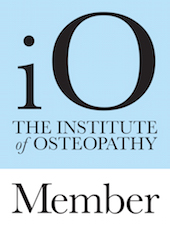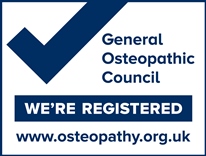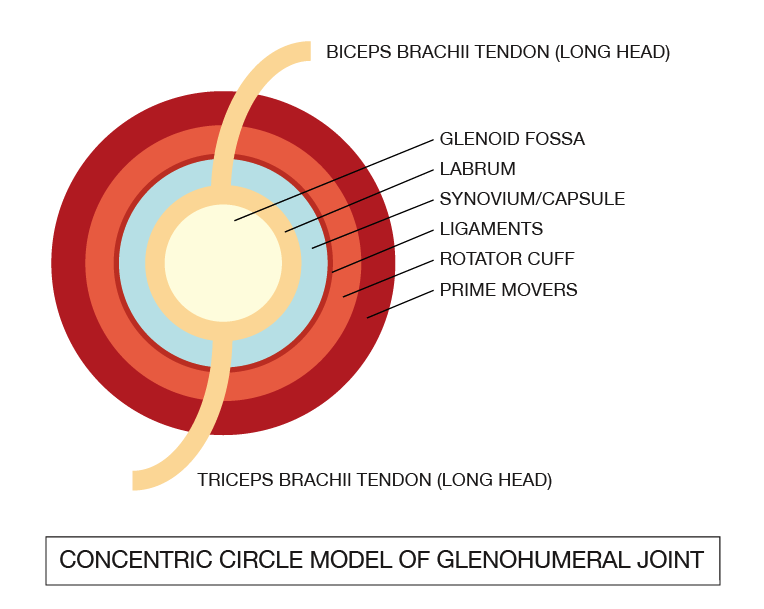Becoming a parent exposes you to all kinds of new vocabulary and phrases that you just don’t come across in everyday life… well, I hadn’t!
This is the first of series of blog posts explaining what some of those new words mean:
meconium
This is what awaits you in your baby’s nappy for the first day or so. It’s a black, stick, tar-like substance, not dissimilar to Marmite. Apparently it’s also odour-free, so at least that’s something!
colostrum
Talking of the first few days of a baby’s life, colostrum is the milk initially made by the mother. It is thicker than later milk and contains antibodies essential for a baby’s immune system as well as being high in protein and low in fat – sounds like a superfood!
prolactin
Also know as LTH or luteotropic hormone, prolactin is produced by the anterior pituitary gland and its main function is to stimulate milk production in the breast.
oxytocin
This hormone is produced by the posterior pituitary and has a number of functions. Firstly, it helps to control uterine contractions during labour. It also causes milk ‘let-down’ when the baby stimulates the nipple. The third and perhaps most well-known action of oxytocin is to help develop trust and bonding between mother and baby.
relaxin
Another hormone, this one is produced by the ovary, breast and placenta and works to allow ligaments to become more ‘stretchy’ by allowing collagen fibres to absorb more water. Although levels peak at the end of the 1st trimester, relaxin is most visible in late pregnancy as the body adapts to carrying a large weight and the pelvis prepares itself for delivery.
Phew, see what I mean! And that’s the tip of the iceberg of the words that you’ll hear. Next up we’ll have the wonders of Braxton-Hicks amongst other things…
Becoming a parent exposes you to all kinds of new vocabulary and phrases that you just don’t come across in everyday life… well, I hadn’t!
This is the first of series of blog posts explaining what some of those new words mean:
meconium
This is what awaits you in your baby’s nappy for the first day or so. It’s a black, sticky, tar-like substance, not dissimilar to Marmite. Apparently it’s also odour-free, so at least that’s something!
colostrum
Talking of the first few days of a baby’s life, colostrum is the milk initially made by the mother. It is thicker than later milk and contains antibodies essential for a baby’s immune system as well as being high in protein and low in fat – sounds like a superfood!
prolactin
Also know as LTH or luteotropic hormone, prolactin is produced by the anterior pituitary gland and its main function is to stimulate milk production in the breast.
oxytocin
This hormone is produced by the posterior pituitary and has a number of functions. Firstly, it helps to control uterine contractions during labour. It also causes milk ‘let-down’ when the baby stimulates the nipple. The third and perhaps most well-known action of oxytocin is to help develop trust and bonding between mother and baby.
relaxin
Another hormone, this one is produced by the ovary, breast and placenta and works to allow ligaments to become more ‘stretchy’ by allowing collagen fibres to absorb more water. Although levels peak at the end of the 1st trimester, relaxin is most visible in late pregnancy as the body adapts to carrying a large weight and the pelvis prepares itself for delivery.
Phew, see what I mean! And that’s the tip of the iceberg of the words that you’ll hear. Next up we’ll have the wonders of Braxton-Hicks amongst other things…


 July 31, 2011 | Posted by Rich
July 31, 2011 | Posted by Rich  Categories:
Categories:  Tags: |
Tags: | 





